In today's digital landscape, the battleground for cybersecurity is continually evolving. As cyber threats become increasingly sophisticated, modern security teams find themselves in a perpetual arms race, adapting and innovating to counter these dangers. The tactics employed by these teams have evolved significantly, employing cutting-edge strategies to defend against a relentless onslaught of cyber threats.
Redefining the Defense Paradigm
Gone are the days when a singular security perimeter could effectively safeguard an organization. Modern security teams understand the dynamic nature of cyber threats and embrace a multi-layered defense approach. They employ a combination of traditional and innovative strategies to fortify their defenses.
Proactive Threat Intelligence
Security teams no longer wait for threats to strike before taking action. They leverage threat intelligence, using advanced tools and AI-driven analytics to predict and proactively identify potential risks. By analyzing patterns, behaviors, and vulnerabilities, they stay a step ahead of potential attackers.


